This website uses cookies
This website uses cookies to enable it to function properly and to analyse how the website is used. Please click 'Close' to accept and continue using the website.


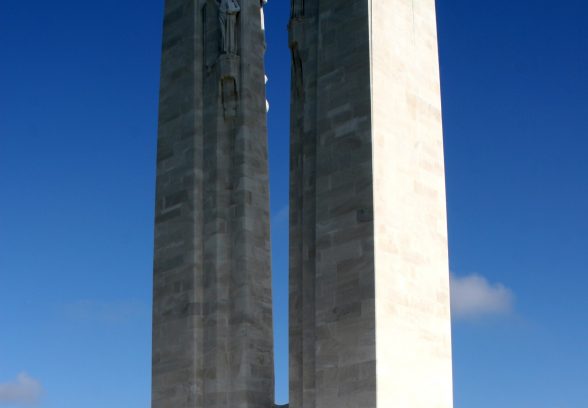
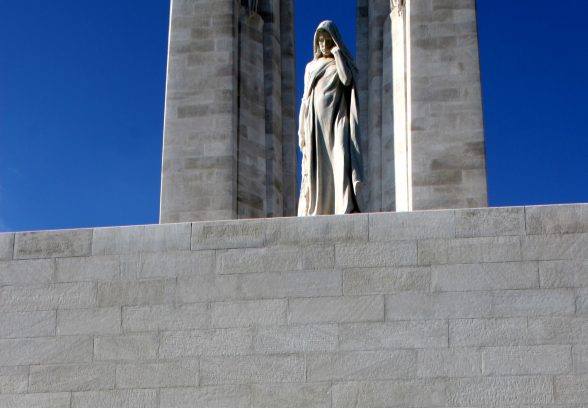
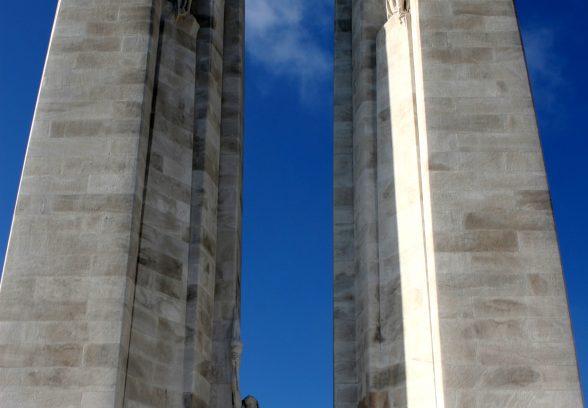

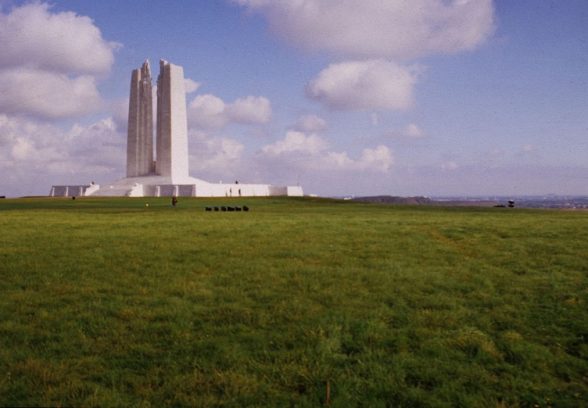
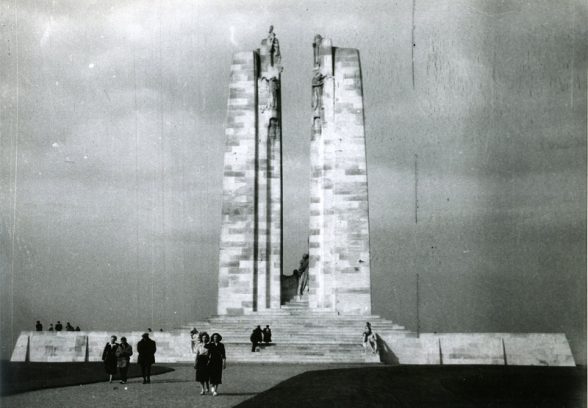
France: Canadian National Memorial, Vimy Ridge
Architect: Walter Seymour Allward
Location: Pas-de-Calais, France
The Canadian Memorial is a conspicuous exception among the memorials erected by the I.W.G.C. in terms both of its designer and its style. To the distress of Fabian Ware, the founder of the Imperial War Graves Commission, several of the constituent parts of the British Empire chose to erect their own memorials, and the Canadians decided not to use one of the Commission’s own architects but turned instead to a native sculptor, Walter Seymour Allward (1876-1955). The result is not a design in the usual Classical manner favoured by the Commission but a powerful essay in what can only be called Expressionism.
The Canadian Battlefields Memorial Commission was created in 1920 and Allward won a competition held the following year. The site chosen was Vimy Ridge, the strategic position overlooking the plains of Douai which had finally been taken by Canadian troops during the Battle of Arras in April 1917. The memorial took long to realise. It was one of those to which the French objected in 1926 and it was not completed for another decade. The memorial was finally unveiled in July 1936 by King Edward VIII as one of his few public duties during his short reign.
The Canadian National Memorial commemorates 66,665 Canadians who died in France and the 11,285 who have no known graves. The design is subtly asymmetrical. The two tall tapering pylons of Dalmatian stone – symbolising Canada and France – dissolve towards their summits into figures of Truth, Knowledge, Gallantry, Sympathy, Honour as well as angels, with, at the very top, Justice and Peace. Between the two pylons is the Spirit of Sacrifice while the mourning figure of Canada Bereft stands on the terrace overlooking Lille in the distance; either side of the main steps are mourners, male and female. In his book on War Memorials published in 1946, Arnold Whittick wrote that “Here is a memorial which impresses and deeply moves some, yet appears to others as being somewhat melodramatic, especially in the sculptural expression; but it is important aesthetically, especially in its architectural character, as being a sincere attempt to create original forms expressive of the time and occasion without easy dependence on traditional and conventional forms. It is at least living memorial art, and it points the way to the future and to what might be achieved as expression in the second world war.”
Gavin Stamp
Either enter the name of a place or memorial or choose from the drop down list. The list groups memorials in London and then by country

Become a C20 member today and help save our modern design heritage.